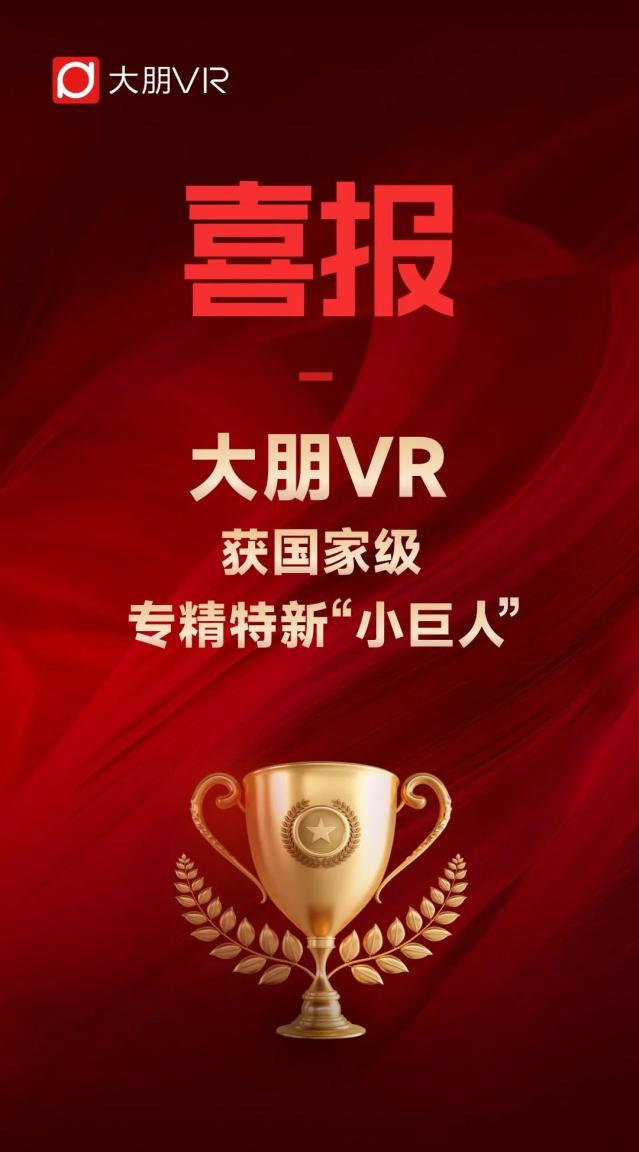A group of researchers from China's Westlake University has developed a device that can improve the realism and fidelity of objects in virtual reality by borrowing methods from the art of origami, the art of folding paper to create 3D figures and shapes.
One of the members of the research team, Jiang Hanqing, learned about a form of origami called "zigzag origami" while attending Arizona State University in 2020, which he used to create the stiffness of sculptures made from paper. It was this work that helped Hanqing Jiang and his team create haptic feedback when picking up objects in a virtual environment.
The device, published in the journal Nature Machine Intelligence, provides users with a variety of tactile sensations, allowing for more immersive and satisfying interactions with objects of different shapes in virtual space.
“The key component of our system is a zigzag origami board,” said Jiang Hanqing, who added, “In order to simultaneously change the angle and feel between the origami boards in a virtual/augmented reality environment, we use electric motors to achieve this. Target."

The device can also automatically create and deliver timed sensations based on the user's interaction with the environment or objects.
To better understand the research team's method, you need to know a little about zigzag origami. This art form folds paper by making continuous valley and ridge creases in the center of a circle. After the crease folding is done, the model becomes a shape that can be used in different ways.
This allows the paper to bend when folded, resulting in delicate and beautiful designs. This type of origami can be used in a variety of applications, from car design to building construction.
and the creator of zigzag origamidavid huffmanIt's no coincidence that I'm also a computer scientist. Likewise, his collaboratorsRon ReschIs a mathematician and artist. Today, the practice of zigzag origami is not only a craft, but involves all kinds of mathematics and calculations.
Hanqing Jiang and his team were able to draw on the work of Huffman and Leschi to create a mechanical sensation that differs from passive sensation by using the science of zigzag origami. Often, technology uses vibration to replicate tactile sensations, such as the vibration of a VR controller when a specific event occurs in a game or the vibration of a smartphone during a phone call.
However, by developing their installation, which borrows from zigzag origami, they were able to create a system that can reflect the active nature of interacting with its environment. The installation is designed to synchronize with the virtual world, creating and delivering various sensations such as weightlessness and hardness by changing its configuration to adapt to the environment, depending on its interaction with objects.
More research is needed, but the team is excited about what they've found so far and hope to see their methods borrowed from zigzag origami used to improve the performance of virtual reality experiences in the future.
Currently, the team is focused on developing a multimodal sensory system that can provide users with different tactile experiences.
Related posts




